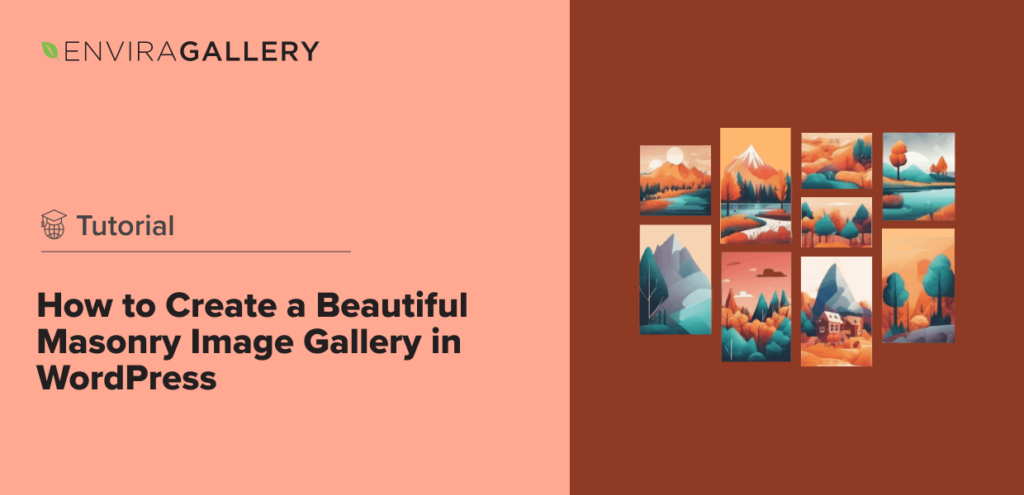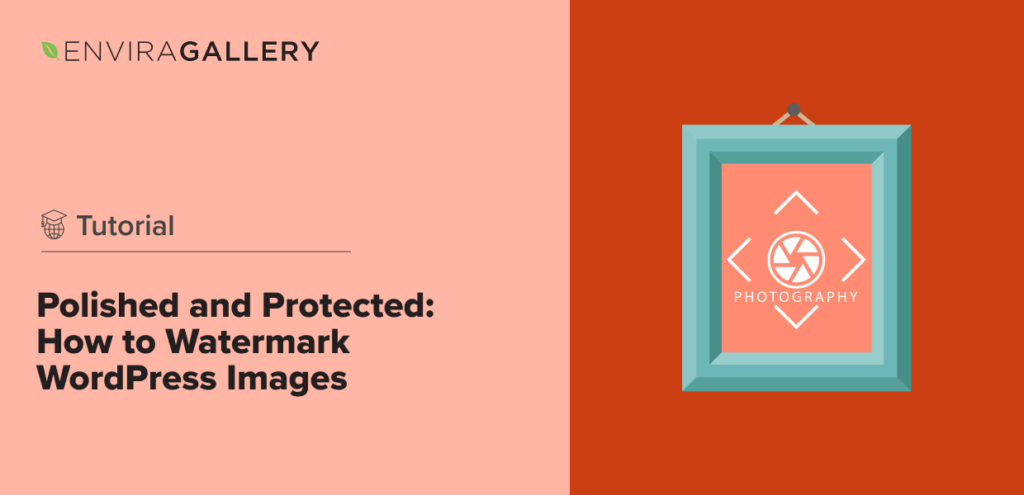There are a variety of different lenses that allow you to photograph different sporting events. A lot of lens choice breaks down to the type of event, where you are relative to the action, and the lighting of the event. How do you choose the best lens for a sporting event?
There are a variety of different lenses that allow you to photograph different sporting events. A lot of lens choice breaks down to the type of event, where you are relative to the action, and the lighting of the event. How do you choose the best lens for a sporting event?
It is also important to pay attention to other variables which influence your photographs. As a sports photographer, you may be using a crop sensor camera instead of a full-frame sensor. Lighting, autofocus usage, and other such variables impact which lens you may want to be using.
Another key difference in lens choice is the use of a prime lens or a zoom lens. As you garner more experience as a photographer, you may want to move from a zoom telephoto lens and wide-angle lens to prime equivalents, across multiple bodies. Making the selections you know will best satisfy the work you must complete is the fundamental thought when making a lens choice.
Sports photographers tend not to use many lenses at once. A sports photographer will know which lenses will best suit the event they are shooting. When setting up at an event, they will have the majority of their focal distance covered with several bodies and lenses, so they can easily switch to capture action.
Finally, quite a bit of lens selection comes down to personal choice. After you have experienced using a variety of lenses, you may find yourself gravitating to certain setups that deliver the best images. Finding the lenses that work best for you is the goal of lens selection.
Although lens selection can be seen as an arbitrary process. Being able to know what lenses to try and possibly buy affords you a starting point. This process is how we are going to figure out which lenses belong on your camera:
- Types of lenses used by sports photography professionals
- The cost of sports photography lenses
- Tips for choosing your sports photography lenses
While lenses, specifically those used by professionals in sports photography, can be incredibly expensive, there will be many alternatives for those that don’t have the width of disposable income for a professional level setup. Even budget lenses suited to sports photography will change your game!
Types of Lenses Used for Sports Photography
There are many types of lenses one can use for sports photography. Wide-angle, telephoto, prime and zoom lenses. Medium focal length, not fully telephoto lenses also make an appearance.
The primary thing that you need from a sports photography lens is capturing motion. What lenses will be best at capturing a moment? A camera will allow you to change things like shutter speeds and ISO for all cameras, but what physical attributes of a lens will allow you to better freeze motion?
What is the Best Lens to Capture Motion?
The lenses you choose to capture motion provide a key kernel to the slowing of motion. What is capturing motion? The idea is that the faster your shutter opens and closes, the less time the sensor will be open, and therefore the more frozen the action will be.
While shutter speed and ISO are controlled by your camera, your lenses dictate the third piece of the exposure triangle. The aperture is controlled by your lenses. A larger aperture allows more light to enter the camera, so you can increase the speed of your shutter.
This image is an example of using a large aperture to freeze motion with a relatively lower ISO:
This means that lenses that freeze motion best should have lower apertures, especially because of the other benefits they provide sports photo professionals. When shooting sports, a low aperture is a god send.
Another important part of capturing motion is good autofocus. Making sure that your camera and lens speak to each other, and that they allow for fast focus manipulation will be helpful. Furthermore being confident in a camera’s ability to focus with your lens in a variety of lighting situations is useful.
Lastly, a lenses’ focusing distance is important. If you intend to shoot up close sports, make sure that the lens can focus at that range. Chromatic aberration and sharpness should be kept in mind, but don’t have the same amount of weight on an image.
The Relationship Between Shutter Speed and Motion
Shutter speed is the single most important element of capturing motion. The faster your shutter opens and closes, the more motion you can freeze. Some sports need incredibly high speeds, while others don’t suffer with lower speeds.
Shutter speed has no direct impact on image quality. However, using a faster speed makes images in focus sharper, thus indirectly lending itself to better image quality. Furthermore, shots with low ISO and decently high speeds should have the best image quality.
For example, sports that move incredibly quickly like tennis will need a relatively higher shutter speed than slow moving sports like volleyball. Both these sports still need their motion frozen, but the shutter difference is relatively large for sports photography.
You can also shoot some sports with a wide-angle lens and a high shutter speed, like this sample image:
Another reason shutter speeds are important because, as you freeze motion with inflated speeds, you are limiting the light the camera sensor will read. While this is not harmful on a sunny day, a lot of non-professional sports appear in less than idyllic lighting circumstances. If you are shooting a sport with bad lighting, you may need to lower the speed of your shutter if you have hit the ceiling on lowering aperture and increasing ISO.
If this is the case, you may want to make the upgrade from a crop sensor camera to a full-frame camera with good ISO and noise handling. Or you may want to upgrade your lens to one with a larger aperture. One stop of light splits your ISO in half!
What Focal Lengths Should You Start With?
There are a couple great focal length ranges to start out with for sports photography professionals. If you are on a non full-frame camera, look for similar lenses which are in the same focal length ranges with the crop factor factored in.
Depending on the type of field the sporting event you are shooting is placed on, you may want to choose different lenses with different focal lengths.
Certainly, the most impactful thing on focal length is the distance you are from the athletes in the event, and how often you may need to switch it up. For some sports, like fencing, you may not need more than a single lens to capture everything.
Here is an example of a low light shot for fencing, where a wider focal range was used. In this example you can also see how a large aperture can help in darker situations.
There are three focal ranges that are most important. A tighter wide-angle lens and both a medium and a long telephoto lens. In a perfect world, three zoom lenses that cover your range would be a 24-70mm, 70-200, and a 100-400mm or 200-500/600mm.
Super telephoto lenses with wide apertures do not come with adjustable focal lengths. The lenses would be both massive and too hefty to carry. This is why for the focal ranges of 400mm and 600mm, sports photographers favor prime lenses.
A 300mm, 400mm, or 600mm f/2.8 or f/4 is an expensive lens, but the sharpness and the amount of light they let in is fantastic. These lenses are often the endgame for sports photography pros. I would highly recommend using a variety of zoom lenses first, by either renting or borrowing preferably.
Try shooting a single event with a single camera and lens. Then attempt bringing multiple lenses, and seeing what you favor. Some people are much more comfortable with the safety provided by adjustable lenses, while others know what perfect shots they want to nail with their prime lenses.
The best lenses to start with are the 24-70mm and 70-200mm lenses. Try your best to get them in f/2.8 apertures. Cheaper equivalents for crop sensor bodies are the 17-55mm f/2.8 and the 50-100mm f/1.8 (by Sigma).
The Cost of Sports Photography Lenses
Because of the precision in focus and the amount of shutter speed required, lenses for sports photo professionals can be rather expensive. However, there are some great lenses for most camera systems that will not require the same cost as the professional lenses. Quality often correlates with price, but it doesn’t have to!
Firstly, it is important to know what lenses can be attached to your camera. Use your camera’s manual to find the mount type and which type of lenses work with your camera. Although native lenses are often fantastic, they also tend to have a higher cost than third party glass.
However, if you have or are trying to startup a photography business, having several pieces of great glass will get you a lot further than some cheaper glass in a larger quantity. Quality over quantity! Also, learn how to become a freelance photographer to get more work.
Furthermore, a lot of great sports photographer edit their images in an editorial fashion to get them presentable. Learn what software to use here!
You can also download Photoshop and Lightroom through Adobe’s Creative Cloud Plan for $9.99/month, or buy Skylum Luminar.
Budget-Friendly Alternatives
Systems like Nikon and Canon have been around forever. Thankfully, this means that there are abundant lenses available on the used market. Shop around and try to find the best deals on some used lenses.
If you want to break into sports photography, but lack the budget for even a used high end lens, there are some great lenses at a lower cost. Certainly, you do lose out on key features such as autofocus speed and larger apertures. Sharpness varies across lenses, so using a website like DXOmark.com will help you see what is still relatively sharp.
On the wider side of lenses, APS-C wide-angle lenses are often cheaper than the full-frame sensor equivalents. Sadly, because of tighter maximum apertures, you will often need to decrease your shutter speed to make up for lower aperture.
For middle length lenses, there are many great alternatives. Lenses like 55-250mm or 70-300mm occupy both a middle telephoto lens and long telephoto lens point of view, especially on a crop sensor camera body. Look for variants of lenses that lack Image Stabilization or Vibration Compensation/Reduction, as those lenses are often more expensive.
There is a reason you do not need the feature of Image Stabilization or Vibration Compensation/Reduction. These features are wasted when you are shooting at high shutter speeds, as camera shake is not impactful when your shutter speed is in the thousandths.
Lastly, Image Stabilization is a costly feature to implement. Choosing lenses without it is generally cheaper.
The Cost of a Sports Photography Setup
While there is certainly a low barrier to entry for sports photography, costs go up quickly at the higher end. This is because the highest end sports photography gear is incredibly technically advanced. Cameras like Nikon’s D5, Sony’s A9, and Canon’s 1DX Mark 2 are meant for taking sports photos, and they are the most expensive photography DSLR or mirrorless cameras either company produces.
Image quality is much more greatly affected by lens than sensor, though. While great camera bodies have an impact on image quality, the quality of your glass is where image quality shines. Lower megapixel, slower cameras, with better lenses, are the way to go.
In terms of lenses, the same is true. The best lenses for sports photographers tend to have extreme focal lengths with low apertures, meaning a lot of genius engineering work and physical material go into each lens. Lens’s like a 400mm f/2.8 lens can cost in the thousands, if not tens of thousands.
For a sport like American football, soccer, or Lacrosse, these long lenses are often necessary to fill the frame with action. In these cases, such a lens may be perfect for the situation.
On the other hand, sports that require a wider lens, like Basketball, often allow you to get away with cheaper lenses. Using prime lenses is a great way to budget. If you are shooting close enough to the net, you can use a 35mm or 50mm prime with a large aperture and get fantastic shots for quite a small investment.
A benefit of cheaper glass is that it often has less physical material, and therefore less heft. Carrying one, or several, massive lenses around a game can be tiresome, so being able to jump around the action with a lighter lens is a benefit. If you’re a nimble individual, lighter glass may actually get you better shots.
How Many Lenses Should a Sports Photographer Own?
Sure, better gear tends to mean better pictures. Practice however means a lot more.
This doesn’t mean that a 20 year old point and shoot is right for a sports photographer. You will be frustrated at the lack of focal length and the speed of your shutter. There are several things that are necessary for sports photographers:
- Manual controls.
- Longer focal lengths (depends on event)
- Decent sensor size (Micro 4/3s cameras can still take great images!)
- Being able to carry several focal lengths in the long run
I recommend having three main lenses, and then buying lenses for specific use cases if you can. Sure, a 600mm f/4 lens can be great, but if you don’t have another camera you might miss everything that can’t be framed at 600mm from your vantage point.
I highly suggest using several zoom lenses to find out how you like your images to come out. Want that shallow depth of field and background separation that looks professional straight out of camera? Shoot telephoto.
A lot of the work of sports photography is catching something other than the action. Emotion, composition, and framing are much more important than a boring shot of an athlete. Try to catch the eyes looking in your direction, or the look of someone that just made a great play.
Tips for Choosing the Right Lens
There are a lot of lenses out there, what is a good starting point? I highly recommend something akin to a 55-250mm or 70-300mm. Common kit lenses like the 17-55mm will often just not have the reach you need.
Tips for Choosing a Lens on a Budget
The 55-250mm and 70-300mm are great lenses for a lower budget. I also highly recommend buying a used and older 70-200mm f/2.8 or f/4 from a first party camera source. These lenses have delivered hundreds of fantastic sports images over the last several decades.
Furthermore, the ability to create a shallow depth of field really lends itself to all types of photography. As mentioned before, look up reviews and testing for lenses that have the best image quality and autofocus. Those are the two things to focus on after aperture.
Cheap prime lenses, as mentioned above are a great alternative. Most brands have a decent 50m, and Sigma and Tamron make them for several different models of camera. 35mm, 85mm, and 100mm prime lenses can also do a lot of work, especially at their lower apertures.
With a wider lens, you can really set a scene. Take the following image, for example, where you would lose drama with a tighter lens or crop.
A great way to step up a lens’s sharpness is to up the aperture. Many cheaper 50mm f/1.8 lenses are not very sharp at f/1.8, but at f/2.8 or even f/4 become very sharp.
Great Endgame Sports Photography Lens Setups
Here is a great endgame setup for a sports photographer. Take this with a grain of salt, because a lot of high end lens choices comes down to preference.
- 400mm or 600mm prime lens
- 100-400mm zoom lens
- 70-200mm zoom lens
- 24-70mm zoom lens
- 12-24mm or 16-35mm zoom lens (any wide-angle lens)
- 50mm prime lens
- 35mm prime lens
- A very wide-angle lens or a fisheye lens (often used to help capture crowds and players on the field after a game)
If you can make it to an event with other photographers, ask if you can take a couple sample shots with their camera during setup. You will get to see what some lenses feel like, and what effects focal length, aperture, and shutter speed have on images.
The other benefit to talking to other photographers and learning what they use is that you can see their images down the line. Once you see them, assess image quality and stylistic effects that the lens may have impacted.
Overall, sports photography can vary from extremely expensive to rather cheap. The effort you put in matters more than the gear you buy.
Want to learn the basics? Read about general sports photography.
Did you find this sports photography lens guide useful? If so, please follow us on Facebook and Twitter for more photography tutorials and fun practice methods.















